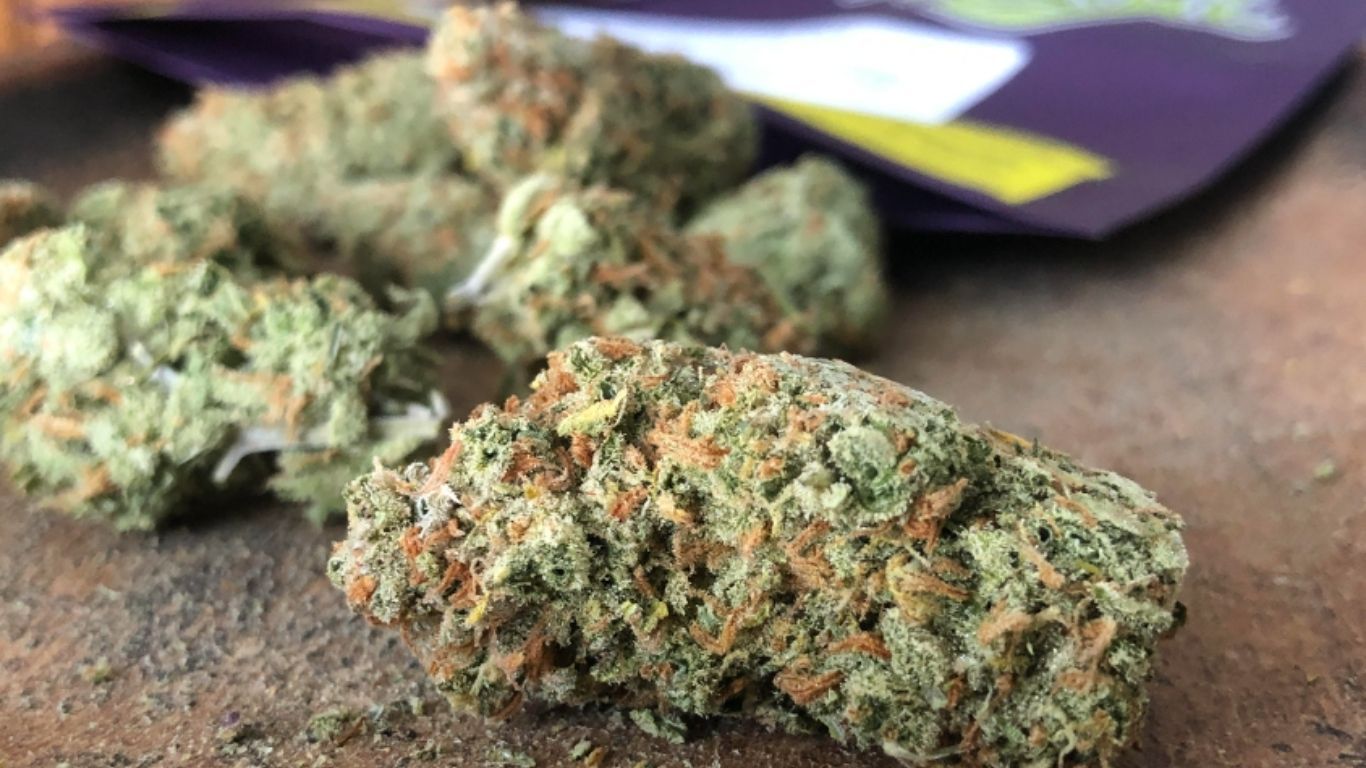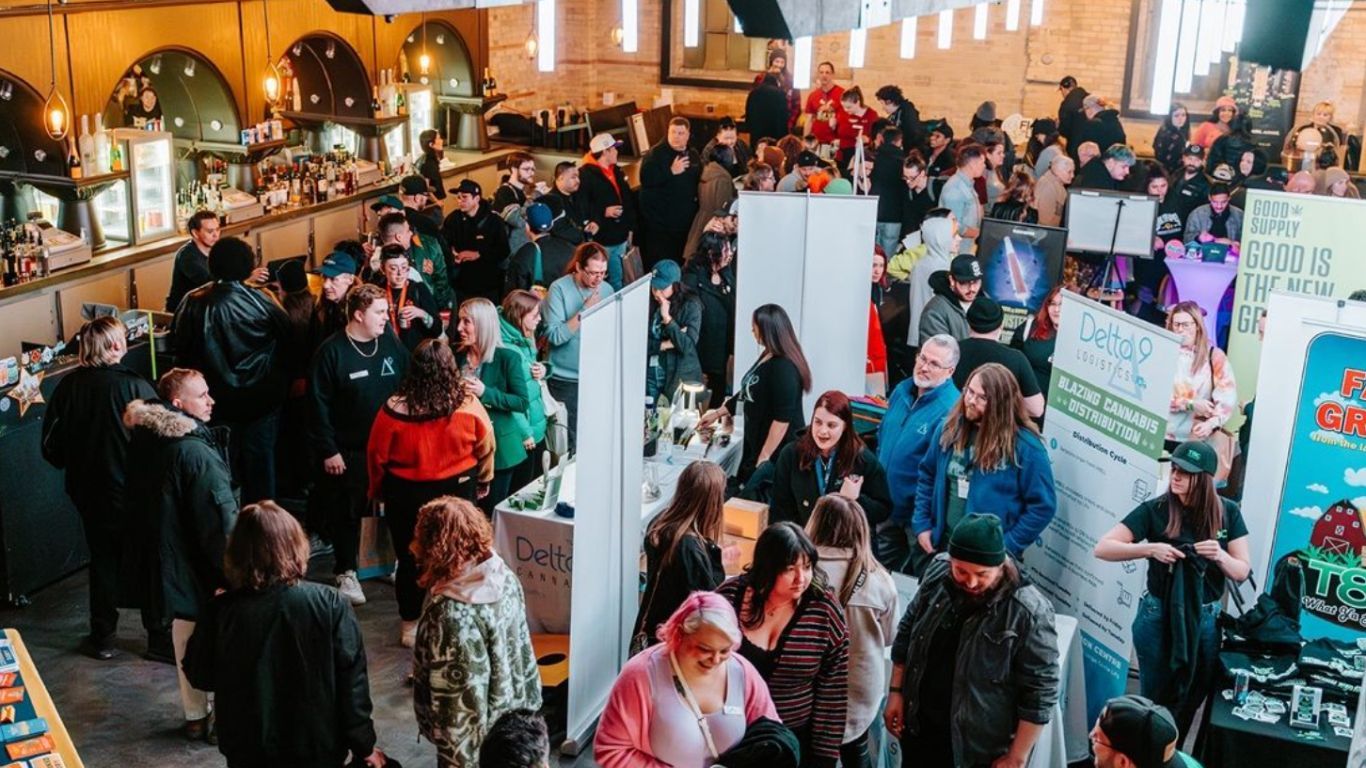
Cannabis operators across the world face uphill battles to stand out when regulations often create significant limitations. Though justified in intentions, many regulations imposed by governments and businesses do more harm to a burgeoning industry than good for the public.
Social media is a recent example. Operators in Canada have struggled with apps like Instagram, having their accounts deleted despite the product being legal and adhering to Canadian regulations.
Another argument comes from the CBD space, where operators in several legal countries continue to see their accounts deleted on Instagram and other popular platforms. The conflict has been considered to be nonsensical to some analysts.
The prohibitions that prevent brands from appealing to youth also stand in the way of easily communicating what our brand uniquely means and stands for to consumers.
Sung Kang, Thrive Cannabis
Social media is a point of frustration that cannabis companies across the world can unite and lament over. However, varying federal and state level laws present unique hurdles for brands in countries like Canada and the United States. While each nation shares a fair deal of similarities concerning regulations, operators and legal experts say that unique pain points exist.
Canadian Regulations Aim To Keep Public Safe While Possibly Stunting Brand Growth
Federal laws dictate how Canadian cannabis brands can promote, package and label their brand to the public. The regulations apply to any individual, business or other organization relating to cannabis products, accessories or services. The services component covers all of the industry–spanning sales, distribution, related services and the media.
Brands face a litany of restrictions, barring the use of specific media marketing tactics, advertising terms, sponsorships and other measures.
The most frustrating thing as a marketer is seeing alcohol brands market almost completely freely… despite alcohol being an undisputed issue from many societal and health-based points of view.
SUNG KANG, THRIVE CANNABIS
Unless otherwise authorized, companies are not allowed to discuss price or distribution. Testimonials are banned, as are the depiction of any people, characters or animals–real or fictional. Nor can products be presented in a way that evokes a positive or negative emotion–leaving brands unable to use depictions of fashion, leisure, joy, risk or any other emotion used in marketing. Above all else, and rightfully so, products cannot appeal to minors.
Sung Kang, SVP of marketing for Thrive Cannabis, tells StratCann that regulations prevent brands from communicating and marketing to the public in two broad forms.
Kang said most think of promotions when discussing restrictive rules. She pushed back on the mindset behind the laws. “The prohibitions that prevent brands from appealing to youth also stand in the way of easily communicating what our brand uniquely means and stands for to consumers.”
According to Kang, restrictions prevent brands from having much packaging space to communicate their purpose due to several package warnings. Additional limitations include bans on social media promotions, boosted posts, media ads, celebrity sponsorships and paid influencers. While some may argue that these restrictions are fair and just, Kang notes a conflict with another legal vice industry in Canada.
“The most frustrating thing as a marketer is seeing alcohol brands market almost completely freely,” says Kang, a former marketer in the alcohol space. She added that cannabis brands market from behind a veil, “despite alcohol being an undisputed issue from many societal and health-based points of view.”
She added that product formulation guidelines limit a brand from competing against the illicit market. In doing so, the legal space struggles to contend with unlicensed operators with more leeway to build a brand through its look and product content.
Thrive and other cannabis brands found solutions around some of the hurdles. Kang noted that focusing company communications at the point of sale is key. Efforts include winning over budtenders with positive service and product information. Thrive also focused on creating unique products when Cannabis 2.0 took effect, which included the rollout of live resin dab products, as well as CBD and THC strips.
This makes it very hard for multi-state operators to build a national brand with consistent and coherent messages to its patients and consumers
Dustin Robinson, Mr. Cannabis Law
Above all else, Kang said the brand’s authenticity helps shine through. “We believe our passion for this incredible plant comes through in all of our products, social posts and in-store engagements,” she said, adding that genuine effort helps consumers believe in a company just as much as the operator does.
While there is a great deal of overlap between state laws, variances in regulations exist. For example, Colorado bans ads on outdoor signs, mobile devices, internet pop-ups, leaflets and other measures. Meanwhile, California allows media ads as long as over 71% of the audience is over 21 years old. However, California brands cannot use images that appeal to minors or post on highways 15 miles from the state border. Nor can they use free giveaways or contests.
U.S. Brands Struggle To Stand Out In A Fragmented Market
Due to a lack of federal laws, the United States cannabis market is much more fragmented than Canada’s. Rather than a uniform code, each legal state market dictates its own set of rules. In many cases, American cannabis marketing laws largely resemble the alcohol space.
The laws can be daunting in any U.S. market. Dustin Robinson, a founding partner at Mr. Cannabis Law, said that medical markets tend to be more restrictive with packaging and advertising than recreational. Regardless, companies remain limited from becoming well-known brands on either side of the market.
These restrictions make it difficult to build brand awareness.
Allison Pankow, Old Pal
Geography plans a significant hurdle. Due to federal prohibition, companies cannot operate across state lines as they wish. U.S. brands must obtain licenses in each state it intends to set up shop.
“This makes it very hard for multi-state operators to build a national brand with consistent and coherent messages to its patients and consumers,” said Robinson. He highlighted Cookies, a prominent brand with well-known imagery, and its recent entry into Florida, which has strict packaging laws. “It will be interesting to see how Cookies builds its brand image in Florida,” he said.
Allison Pankow, chief marketing officer for California-based brand Old Pal, said regulations limit how brands interact with the public. Because of the current rules, cannabis remains left out of the most common landing spots for consumer packaged goods. “These restrictions make it difficult to build brand awareness,” said Pankow, who added that regulations highlight how cannabis is still not fully normalized in America. She believes that the problem will persist until some form of federal laws pass.
Like Canadian operators, Old Pal finds ways to establish its brand through community endeavours. Pankow said that prior to the pandemic, the company used gatherings to celebrate cannabis, nature and art to increase brand awareness.
“Connecting with people through cannabis is a very powerful tool and a great way to build a loyal following,” Pankow said.












